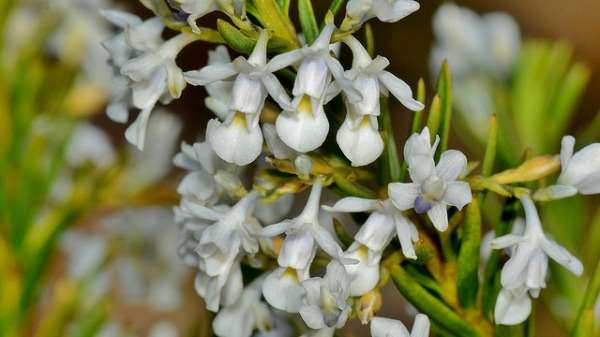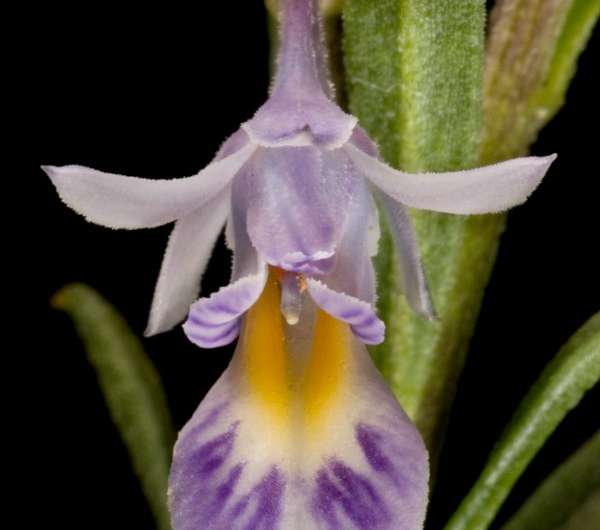Ancient soils considered for impact on diverse flora

Understanding how WA plants live and thrive in a certain soil type has been the focus of a recent review by scientists and the findings may help rehabilitate the environment, especially mined areas.
The review examined ultramafic soils which are derived from bedrock low in silica, calcium, potassium and phosphorus but rich in magnesium and iron, and other metals such as nickel, chromium and cobalt.
These geologies are widespread across WA, largely confined to the ancient Yilgarn block that covers the Gascoyne–Murchison region and Goldfields but they also occur in the Pilbara.
WA Department of Parks and Wildlife plant ecologist Dr Neil Gibson says studying biodiversity in ultramafic areas in the Pacific region will help uncover why they are different to other examples around the world like those in California, Cuba and New Caledonia.
Dr Gibson says elsewhere in the world ultramafic soils have very low calcium to magnesium ratios, are generally infertile and can have high concentrations of heavy metals, making them very tough places for plants to grow.
He says this is not generally the case in WA where the extensive ultramafic crops harbour 1355 taxa, however, only 14 species or roughly one per cent of taxa are endemic to ultramafic soils.
"We don't currently have a detailed understanding as to why there are so few endemics but it is probably that the long period of leaching of our ancient soils has ameliorated the chemical imbalances in the soils," Dr Gibson says.

In the early 1970s it was found that some populations could hyperacculumate nickel, but that there are only three known to exist in Australia, compared to 65 species in New Caledonia.
The only species in WA known to hyperaccumulate nickel is the shrub violet (Hybanthus floribundus) which is present and widespread across the south-west.
Dr Gibson says a comprehensive survey of the flora in the relevant regions could help identify hyperaccumulators which could help rehabilitate mined areas in WA and elsewhere in the world.
Mining disrupts the natural soil structures and therefore chemical balances, making plant species selection more difficult for rehabilitation.
Dr Gibson says they also don't understand why the high levels of endemism or the abrupt changes in vegetation structure seen in other ultramafic areas around the world are not seen in WA.
He says detailed soil studies will help them understand why WA is so poor in ultramafic endemics compared to California, Cuba and New Caledonia.
More information: Antony van der Ent et al. The flora of ultramafic soils in the Australia–Pacific Region: state of knowledge and research priorities, Australian Journal of Botany (2015). DOI: 10.1071/BT15038
Provided by Science Network WA
This article first appeared on ScienceNetwork Western Australia a science news website based at Scitech.




















